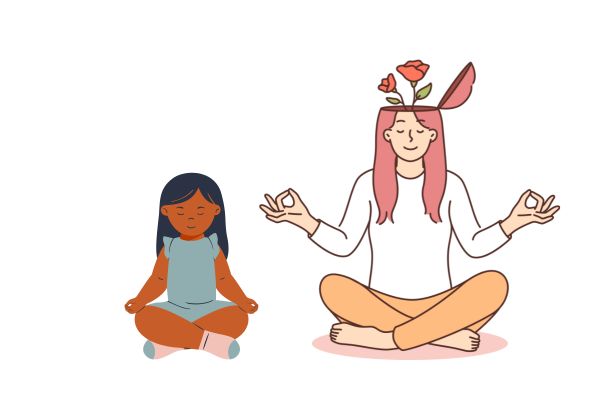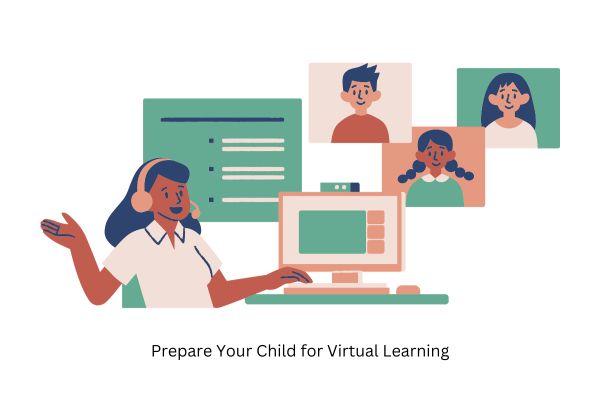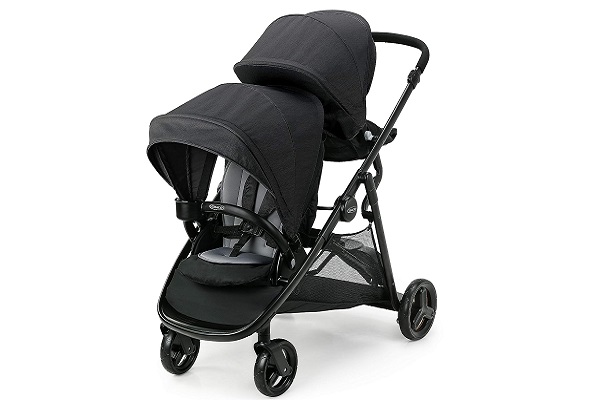Imagine your child radiating confidence during a school presentation, calmly navigating a challenging friendship, or bouncing back from a disappointment with resilience. This isn’t just wishful thinking; it’s the power of understanding the mind-body connection. By nurturing this awareness, you equip your child with tools to navigate life’s ups and downs with greater self-awareness and emotional intelligence.
What is the Mind-Body Connection?

The mind-body connection isn’t a mystical concept; it’s the intricate dance between our thoughts, feelings, and physical sensations. When we’re stressed, our muscles tense, our heart races, and our digestion slows down. Conversely, deep breaths can calm our nerves, exercise can boost our mood, and good sleep can sharpen our focus. Teaching your child about this connection empowers them to understand themselves better and make choices that support their overall well-being.
How to Begin?
The good news is that fostering this awareness doesn’t require complex lectures or formal training. You can start by incorporating simple activities into your daily routine:
1. Mindful Moments:
- Mindful breathing: Introduce basic breathing exercises like “belly breaths,” where they focus on their belly expanding and contracting with each inhalation and exhalation. Start with short sessions and gradually increase the duration as they become comfortable.
- Body scan meditation: Guide your child through a simple body scan, starting with their toes and slowly moving upwards, noticing any sensations without judgment. It helps them become more attuned to their internal state.
- Mindful movement: Engage in activities like yoga, dance, or nature walks, focusing on the connection between their breath and movement. Please encourage them to notice how their body feels and how their thoughts and emotions might change.
2. Connecting the Dots:
- Storytelling: Use relatable stories to illustrate the mind-body connection. For example, please share a story about a character who overcomes stage fright by practicing deep breaths or how getting enough sleep improves their focus in school.
- Journaling: Encourage your child to keep a simple journal where they can write down their thoughts, feelings, and any physical sensations they notice. It helps them track connections and identify patterns.
- Open communication: Create a safe space where your child feels comfortable sharing their emotions and physical experiences. Actively listen without judgment and validate their feelings.
3. Building resilience:
- Emphasize healthy habits: Explain how nutritious food, regular exercise, and enough sleep contribute to both physical and mental well-being. Make these habits a fun and collaborative effort.
- Encourage positive self-talk: Help your child challenge negative thoughts and replace them with self-compassionate affirmations. Discuss how their inner voice can affect their mood and actions.
- Teach coping mechanisms: Equip your child with healthy coping skills like journaling, talking to a trusted adult, or engaging in relaxing activities like drawing or listening to music to manage stress and difficult emotions.
Remember:
- Keep it age-appropriate: Tailor your approach based on your child’s age and understanding. Use simple language, relatable examples, and activities they enjoy.
- Focus on the positive: Instead of dwelling on negative consequences, emphasize the benefits of understanding the mind-body connection, such as feeling calmer, more confident, and in control.
- Be patient and consistent: Building awareness takes time and practice. Integrate these activities into your daily routine and celebrate small wins along the way.
- Be a role model: Your behavior speaks volumes. Practice mindfulness, manage your stress in healthy ways, and openly discuss your emotions with your child.
Related: 9 STEAM Activities For Kids
Final Words
By planting the seeds of the mind-body connection early on, you equip your child with invaluable tools for navigating life’s challenges and fostering a deep sense of well-being. Remember, this journey is about exploration, self-discovery, and empowerment. So, get ready to embark on this exciting adventure with your child and watch them blossom into their healthiest, happiest selves!
Also check: PUMA Kids’ St Runner Hook and Loop
Bonus Tip: Explore age-appropriate books, apps, and online resources that can further support your child’s understanding of the mind-body connection.





